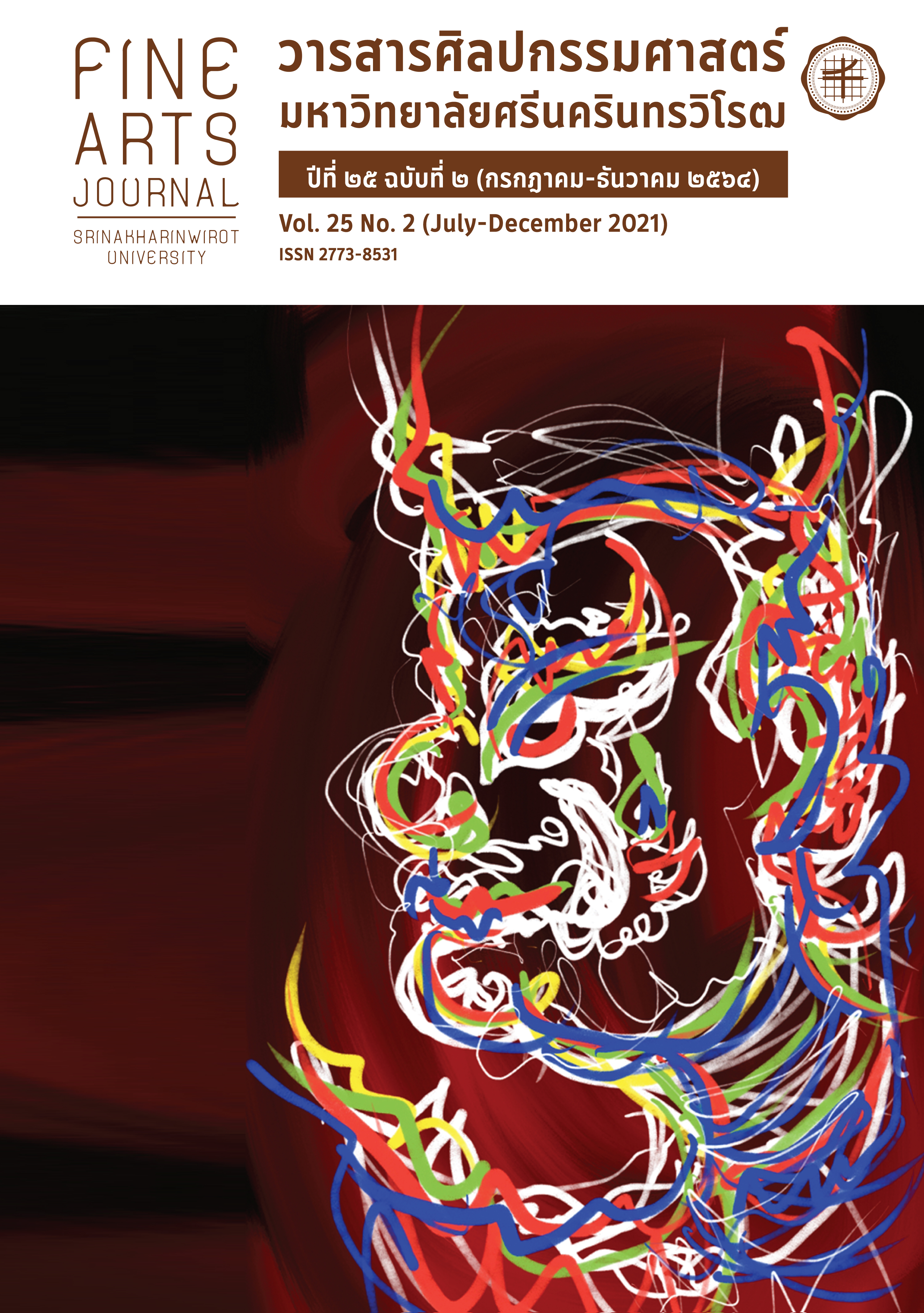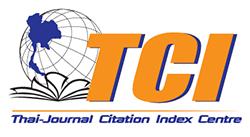FORM ABSTRACT IDEA TO CONCRETE IDEA: AN ANALYSIS OF THE SEMIOTICS STRUCTURE IN THAI TOURISM ADVERTISING TO DEVELOP GUIDELINES ON CONTEMPORARY THAI COMMUNICATION DESIGN
Keywords:
Semiotics, Guidelines, Contemporary ThaiAbstract
The research entitled “Form Abstract Idea to Concrete Idea: An Analysis of The Semiotics Structure in Thai Tourism Advertising to Develop Guidelines on Contemporary Thai Communication Design” aims to study the visual structures of Thai tourism advertisements to create guidelines on Thai contemporary communication design. The objective is to investigate the factors affecting the process of reproducing Thai identities expressed in Thai tourism advertising. It also includes the analysis of the patterns of visualization in terms of both denotative meaning and connotative meaning of Thai identity in advertising campaigns called "Amazing Thailand" from 1998 - 2014.
The results of this study showed that there are two factors affecting the reproduction of Thai identities. The internal factors are determined by the decision-makers or the local authorities who are responsible for regulating the directions on how to present Thai identities. The external factors are factors that cannot be controlled such as climate, production costs, and the perceived attitude of foreign tourists. These factors need to be concluded based on the specific contexts and situations for the advertising design. In terms of the analysis of the connotative meanings and the denotative meanings of the symbols in advertising works, the researchers divided the analyzing process according to the UNESCO's 5 pillars of the cultural structures to divide the semiotics structures and use these structures to reconstruct the advertising design. The researchers also conducted interviews with stakeholders in the production of Thai tourism advertisements. Then the researchers compared the results of the study with the review on the related literature in order to synthesize a method for identifying contemporary Thai identities.
References
Philip Cornwel-Smith. (2556). Very Thai : Everyday Popular Culture. River Books
Winfried Noth. (1995). Handbook of Semiotics. Indiana University Press
ประชา สุวีรานนท์. (2554). อัตลักษณ์ไทย : จากไทยสู่ไทยๆ. พิมพ์ครั้งที่ 2. กรุงเทพฯ.
สำนักพิมพ์ฟ้าเดียวกัน
หม่อมราชวงศ์คึกฤทธิ์ ปราโมช และคณะ. (2551). ลักษณะไทย. พิมพ์ครั้งที่ 1. กรุงเทพฯ.
โรงพิมพ์ไทยวัฒนา พาณิชย์ จำกัด
นิคม มูสิกะคามะ. (2545). วัฒนธรรม บทบาทใหม่ในยุคโลกาภิวัฒน์. กรุงเทพฯ.
กรมศิลปากร
สุภางค์ จันทวานิช. (2557). ทฤษฎีสังคมวิทยา. พิมพ์ครั้งที่ 1. กรุงเทพฯ. สำนักพิมพ์แห่ง
จุฬาลงกรณ์มหาวิทยาลัย
สุชาติ เถาทอง. (2559). ศิลปวิจัย การสร้างวิชาการแบบการปฏิบัติสร้างสรรค์ศิลปะ. พิมพ์ครั้งที่ 1.
กรุงเทพฯ.จรัญสนิทวงค์การพิมพ์.
ธีรยุทธ บุญมี. (2551). การปฏิวัติสัญศาสตร์ของโซซูร์ เส้นทางสู่โพสต์โมเดอร์นิสม์.
พิมพ์ครั้งที่ 1. กรุงเทพฯ. สำนักพิมพ์วิภาษา.
ชาตรี บัวคลี่. (2556). สัญญะที่ปรากฏในงานออกแบบนิเทศศิลป์กับการสะท้อนวัฒนธรรม
สมัยใหม่. วารสารมนุษยศาสตร์ สังคมศาสตร์ และศิลปะ. สืบค้นจาก https://www.tci-thaijo.org
/index.php/Veridian-E-Journal/article/viewFile/35074/29144
จอห์นนพดล วศินสุนทร. (2556). แนวคิดสัญวิทยาและการสร้างความหมาย.
สืบค้นจาก http://www.johnnopadon.blogspot.com/2015/10/semiology-and-
signification.html
อิทธิเทพ หลีนวรัตน์. (2558). การโฆษณา : วัฒนธรรมบริโภคในสังคมไทย. วารสารวิจัยราชภัฏกรุงเก่า.
สืบค้นจาก http://rdi.aru.ac.th/journal/pdf/20150902095851.pdf




